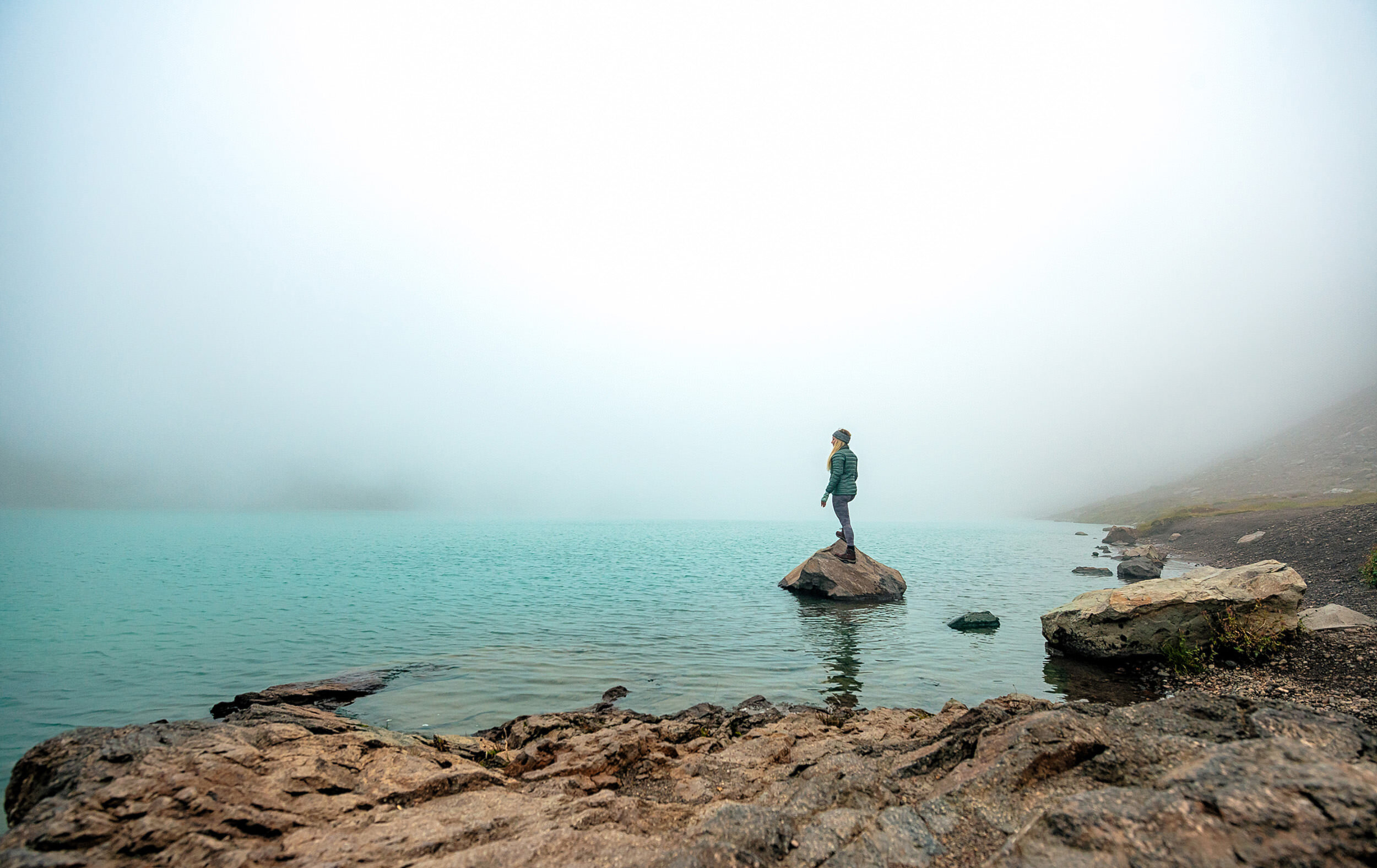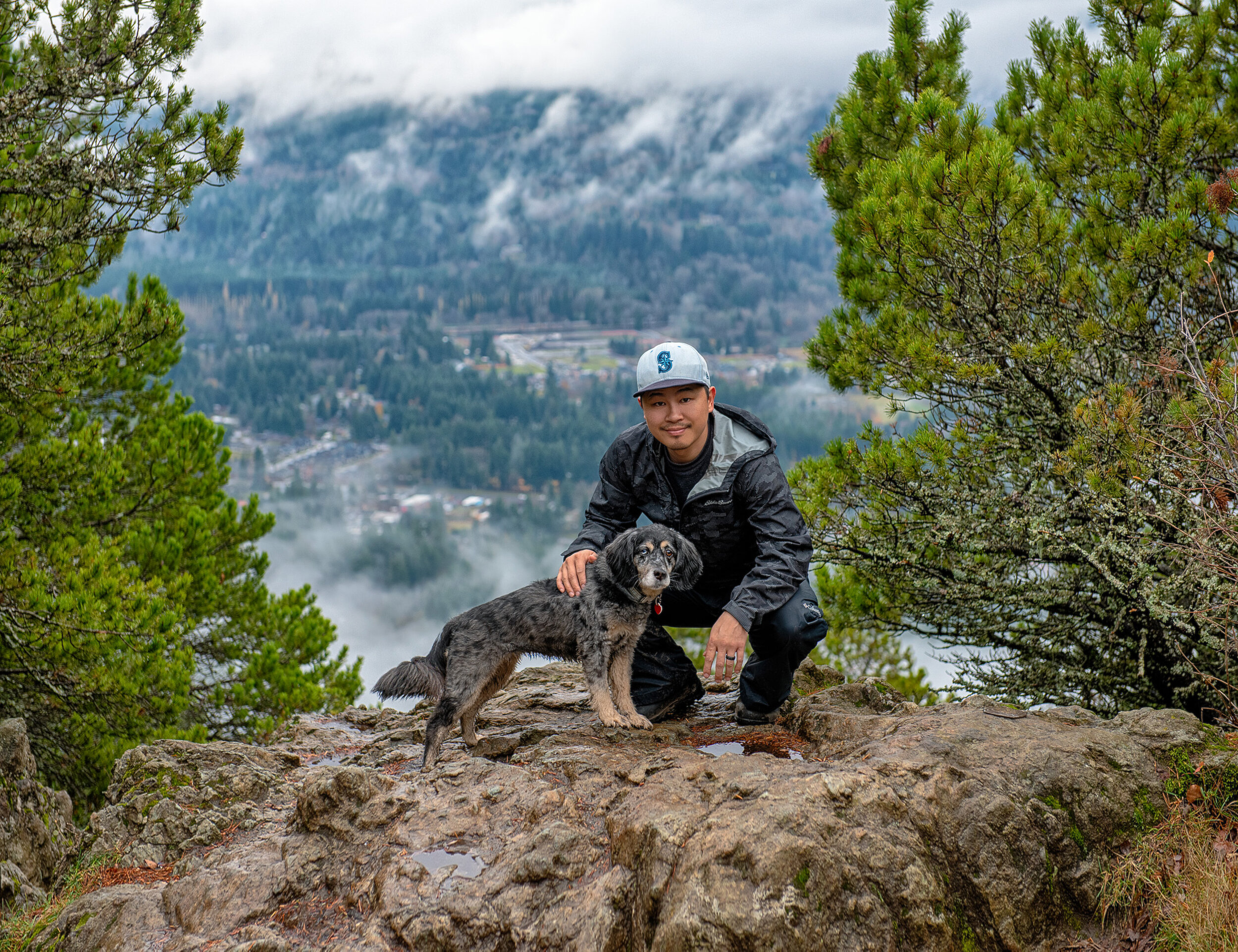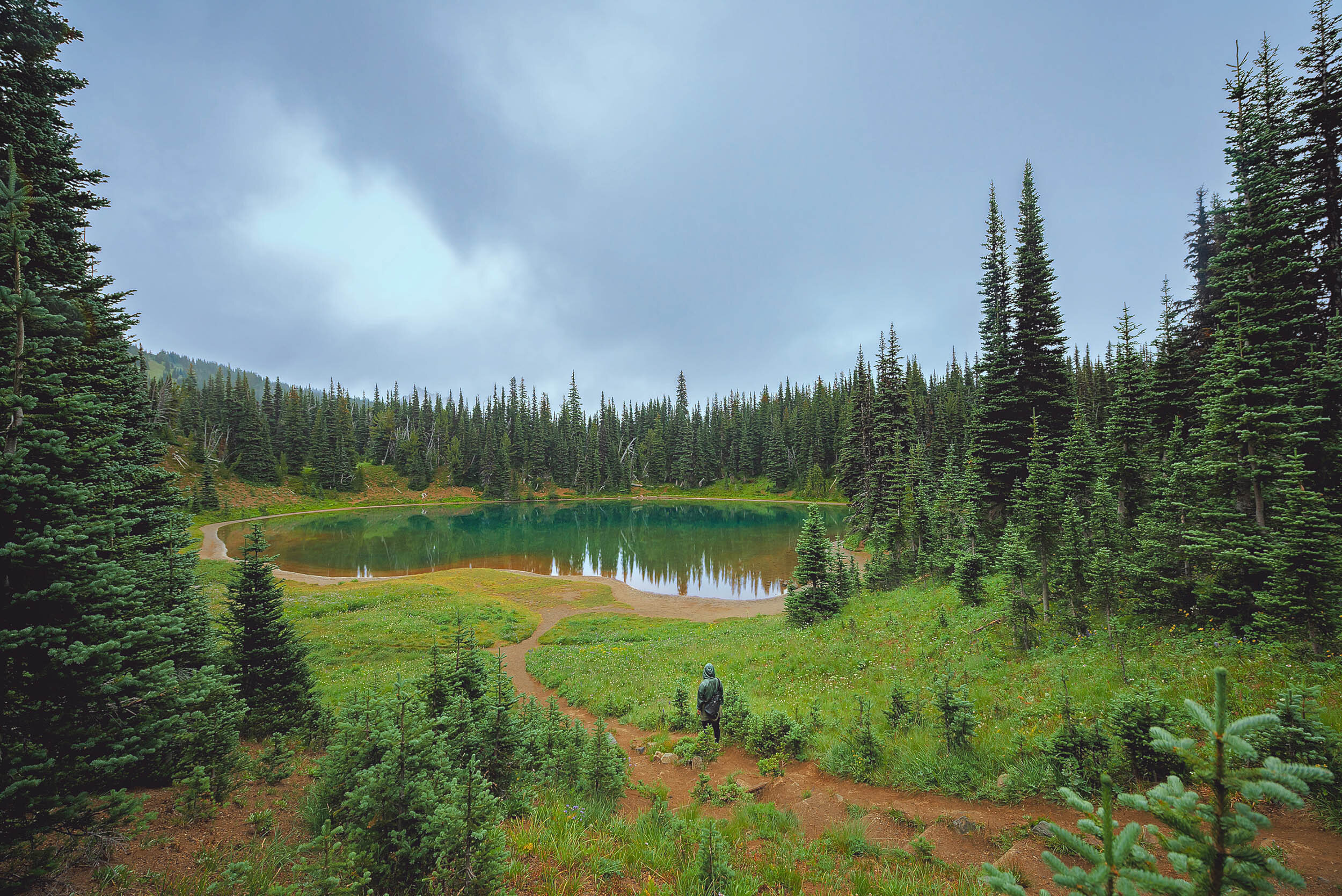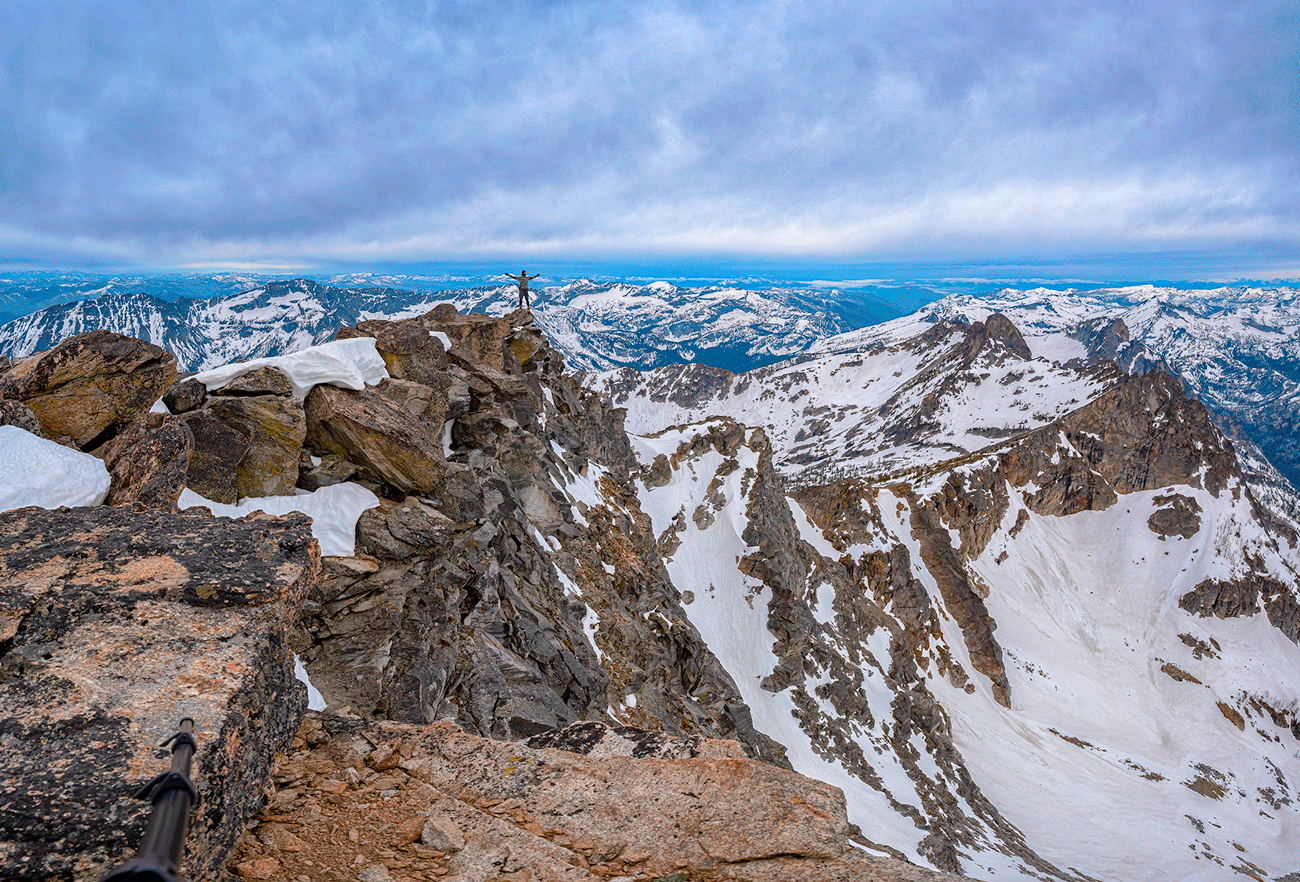Preparing for the Wilderness
“I don't like either the word [hike] or the thing. People ought to saunter in the mountains - not 'hike!' Do you know the origin of that word saunter? It's a beautiful word. Away back in the middle ages people used to go on pilgrimages to the Holy Land, and when people in the villages through which they passed asked where they were going they would reply, 'A la sainte terre', 'To the Holy Land.' And so they became known as sainte-terre-ers or saunterers. Now these mountains are our Holy Land, and we ought to saunter through them reverently, not 'hike' through them.”
― John Muir
Physical and Mental Preparation
Being physically conditioned is often the most obvious way to prepare for a backpacking trip or challenging hike. While it is very important, we also want to condition our mind for the challenges of outdoor adventures.
-Start wearing a full day pack on local day hikes.
Uphill or downhill, having the extra weight makes a huge difference. Going on some day hikes with a heavier backpack will help you get used to the extra weight you'll be carrying once you're on your backpacking trip.
-Make your day hikes longer.
Each time you get out for a training hike add a little to the distance and elevation gain.
This will also push you to hike new trails and new terrain.
-Custom fitness plans
Check out FitClimb for some fitness plans you can do at home or in the gym to condition for hiking and climbing mountains.
-Build the mindset to push through obstacles
Whether it’s unforseen pain in your feet, difficult route finding, having to hike out in the dark, or fear and anxiety - It’s your mental strength, not your physical strength, that will be able to take on these challenges.
Planning an itinerary and logistics
-Choosing where to hike
An app like Alltrails is a good place to start. Wta.org (Washington Trails Association) is another great site with useful information if you live in WA.
After doing training hikes give yourself an honest evaluation of your skill level and abilities and select a trail accordingly.
-Weather conditions
National Weather Service - This site is a great start with location specific 7-day weather forecast.
Windy.com / Windy App - 6 popular forecast models in one place. All sorts of weather related map layers.
Mountain Forecast - Can give elevation specific weather forecast. Although I have found it’s accuracy questionable at times, if you are hiking a larger mountain with elevation, this is a forecast to check out.
NOAA Snow Depth - Find out if there is any snow, and the estimate depth, on this map.
-GPS/Navigation
Our mobile devices can be quite a help in navigating. The batteries, when exposed to cold weather however, can lose their charge quickly. If you are going to rely on your mobile for your main navigation source, keeping a battery pack on you is essential. And when in cold weather (especially sleeping overnight) you want to keep it close to your chest for the warmth.
GPS recorded tracks can be downloaded from apps/websites such as Alltrails, or you can create your own gps track and import others’ on a site such as Caltopo.
My gps tracks between North Bend and Leavenworth loaded onto Caltopo. Still working on hitting all the mountains!
Permits/Parking pass
Wta.org is usually a good stop for finding if the trailhead requires either the Forest Service pass or the State Discovery Pass. Try searching for the trail name in the search box.
Clothing
How to dress in layers for a hike
This article from the REI blog is a great place to start.
Gear
•Comfortable shoes with good sole traction. Trailrunners or light hiking shoes are great. I would go to a heavier hiking boot only if that is your more comfortable option or you will be in snow conditions.
•Hiking backpack. Straps for attaching gear on the outside and waist buckle recommended.
•Water. Bring the water you think you will need and have a water filter for emergency situations. Try to drink plenty of water on the day/morning of the hike and even the night before.
•Food. This could be a packed lunch and trail bars/ trail mix. On top of energy and nutrition for the hike, don’t forget to eat before the hike. I often bring a sandwich or similar to eat at the trailhead before starting the hike.
•Headlamp with fresh batteries. If you’re not planning on sleeping in the dark, then it’s always possible you may have to hike out in the dark.
•Sun protection. Hat, sunglasses, neck buff, sunscreen.
•Trekking poles. Poles are a staple for hiking as they help with balance, traction in slippery terrain, and can take strain away from the knees when used properly.
Give someone a detailed plan of where you will be
and an estimate of the time you will be finished and in cell reception to be in contact.
Prusik Peak of the Enchantments
This was an outline made for a simple trail talk I gave with the C3 Tricities hiking group.
If you are part of the group you can login and download photos HERE






















































































































































